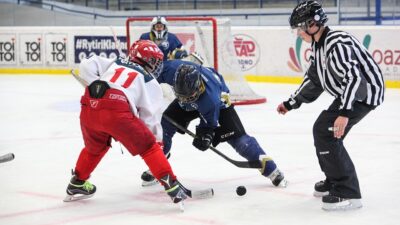In cities across the globe, basketball courts serve as more than just patches of asphalt; they are vibrant hubs where communities converge, dreams take flight, and identities are forged. From the crowded streets of New York to the sun-soaked parks of Los Angeles, the game has become a vital thread woven into the urban fabric. This article explores how basketball shapes urban communities, fostering connection, empowering individuals, and driving social change.
A Gathering Place for All
At its core, basketball transcends barriers—age, race, and socio-economic status dissolve on the court. In urban environments, these courts are often the first point of interaction for diverse groups. Children, teenagers, and adults alike come together to play, compete, and collaborate, creating a sense of community and shared purpose.
Neighborhood courts often act as informal community centers where friendships are formed and shared experiences create bonds. As players engage in pickup games, they develop a sense of belonging that reinforces community ties. This simple act of playing together can foster respect and understanding, bridging cultural divides.
Empowering Youth through Opportunity
Basketball is not just a sport; it is a vehicle for empowerment. For many urban youth, basketball offers a passport to a brighter future. Scholarships and recruitment opportunities arise from dedication to the game, encouraging young players to excel both academically and athletically. Programs that combine sports with tutoring, mentorship, and life skills training are on the rise, providing essential support that can change trajectories.
Moreover, basketball instills vital life lessons—teamwork, discipline, and perseverance. These skills translate well beyond the court, equipping young people with tools to navigate challenges in their personal and professional lives. In an environment where options can seem limited, basketball provides a glimmer of hope.
Fostering Social Change
Basketball can also address broader social issues within urban communities. Programs aimed at reducing crime, promoting health, and advocating for social justice frequently integrate basketball as a core activity. The sport becomes a platform for dialogue and action, empowering players to be advocates for their communities.
Initiatives that utilize basketball as a means to discuss important topics—such as racial inequality, mental health awareness, and gun violence—can spark necessary conversations. Organizations like the "Basketball for Good" initiative leverage the sport’s popularity to engage youth in activism and community outreach, encouraging them to be agents of change.
Economic Impact and Urban Revitalization
Basketball also has a tangible economic impact on urban areas. The construction of new courts, facilities, and community centers can revitalize neglected neighborhoods, attracting investment and tourism. Major basketball events, such as tournaments and college championships, generate revenue while drawing spectators from far and wide, enhancing local economies.
Furthermore, homegrown players who rise through the ranks often give back to their communities, providing funding for youth programs and driving social initiatives that uplift their neighborhoods.
Conclusion: More than Just a Game
Basketball in urban communities is a reflection of shared culture and resilience. It serves as a microcosm of society where diversity is celebrated, youth are empowered, and dreams are pursued. As cities continue to evolve, it is vital to recognize and invest in basketball as a transformative force that shapes lives and strengthens communities.
In the words of basketball legend Michael Jordan, “Talent wins games, but teamwork and intelligence win championships.” The spirit of basketball embodies this philosophy, reinforcing the message: together, communities can overcome obstacles, celebrate victories, and create a brighter future. Whether through casual games or organized leagues, basketball remains at the heart of the city, symbolizing hope and opportunity for all who touch the court.



